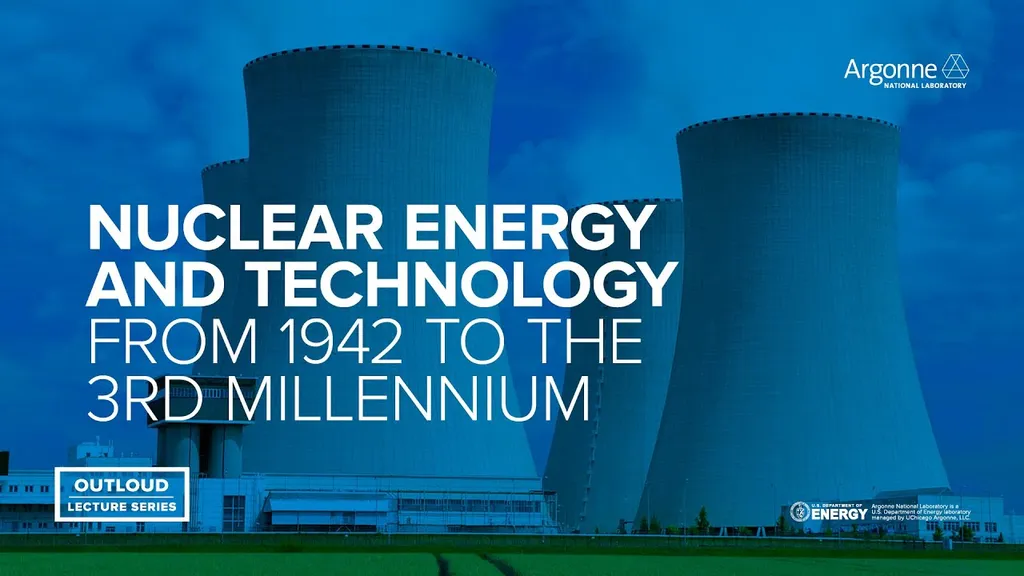Researchers from the MicroBooNE collaboration, based at the Fermi National Accelerator Laboratory, have recently published a study on the measurement of differential charged-current cross sections for electron neutrinos interacting with argon. This research, published in the journal Physical Review D, provides valuable insights into neutrino interactions, which can have practical applications in the energy sector, particularly in the development of advanced nuclear reactors and neutrino detection technologies.
The study utilized data collected by the MicroBooNE detector when the Neutrinos at the Main Injector beam was operating in both neutrino and antineutrino modes. The exposures were significant, with 2 x 10^20 protons on target in neutrino mode and 5 x 10^20 protons on target in antineutrino mode. The researchers employed a selection algorithm to identify electron-neutrino charged-current interactions that resulted in at least one proton, one electron, and no pions in the final state. This allowed them to measure differential cross sections as functions of outgoing electron energy, total visible energy, and the opening angle between the electron and the most energetic proton. Additionally, they reported the interaction rate as a function of proton multiplicity.
The total cross section measured in this study was found to be 4.1 ± 0.4 (stat.) ± 1.2 (syst.) x 10^-39 cm^2/nucleon. The unfolded cross-section measurements were compared to predictions from neutrino event generators commonly used in the field. The results showed good agreement across all variables within the uncertainties, validating the current models used to simulate neutrino interactions.
For the energy sector, understanding neutrino interactions with argon is crucial for the development of next-generation nuclear reactors, particularly those using argon as a coolant or moderator. Accurate cross-section measurements can improve the design and safety of these reactors. Furthermore, advancements in neutrino detection technologies can enhance monitoring and control systems in nuclear power plants, ensuring safer and more efficient operations. The findings from this study contribute to the broader understanding of neutrino physics, which can drive innovation in energy technologies and improve existing systems.
This article is based on research available at arXiv.

